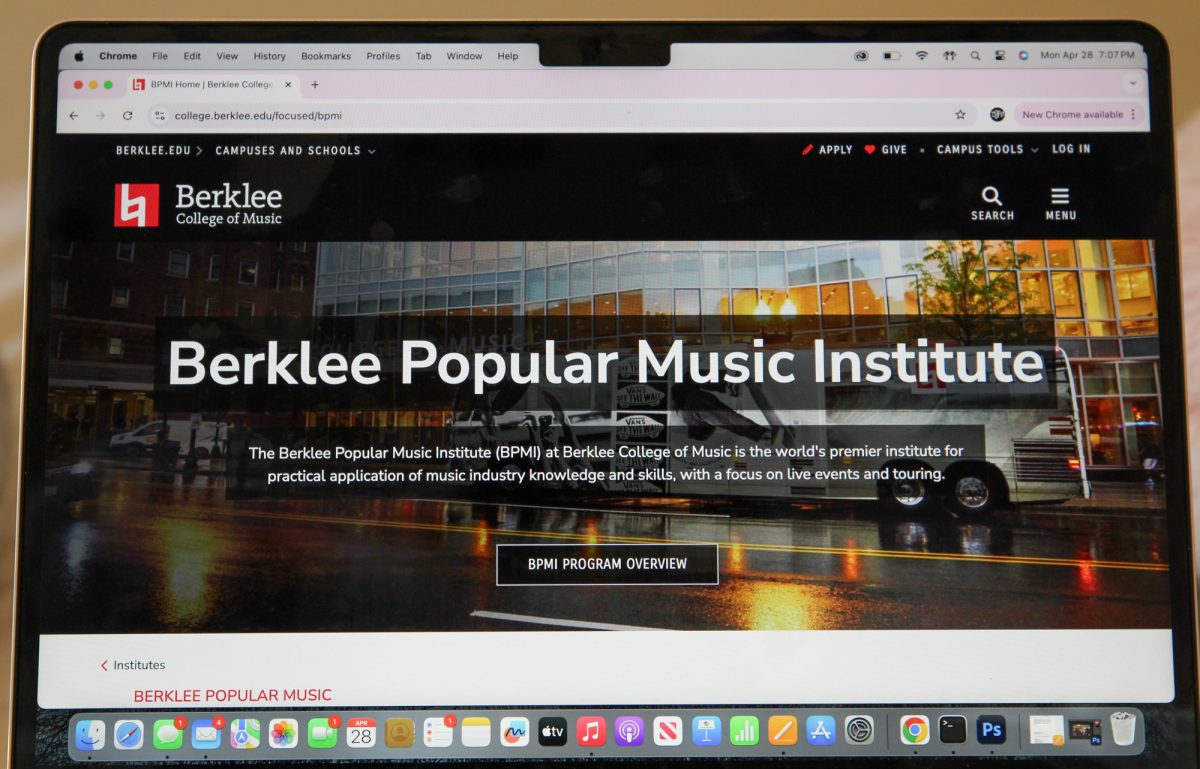TOMS’ shoes are cute. They look cute. They have a cute name. In fact, the name is so cute it would be tempting even if it didn’t represent sweet little vegan-made slip-ons and happy third-world children. It’s friendly in the neighborly way Starbucks tries, and fails, to be.
TOMS is a company that has a very simple social entrepreneurial hook. You buy a pair of highly appealing, low maintenance slip-ons in the spirit of Vans and all things California, and your purchase ensures that one pair of the same fashionable shoe goes to a child in need in a warm, tropical poor country. There might be poor children in the northern hemisphere, but the shoes only work in warm weather. I think part of the attraction is Tom, who is cute with longish, curly-ish, brownish hair, as well as the smiling children to whom he ministers but with the same shoes you’ve got! I have this suspicion that Americans are happiest when their charity is scrumptious, comfy and dyed in natural-looking colors. Cute!
So what is the right way to approach TOMS, or any charity that seems too good to be true for that matter? Maybe the shoes really do help kids? Is it wrong to be skeptical just because their assuaging qualities are so obvious? (This question is cheating because I have already owned two pairs and am seriously considering another.)
Charity is a delicate thing. There are theories that suggest we are charitable as people not really to help others but because it makes us feel better. When I say us, I’m including you in my category, you college-educated person in a developed nation who occasionally has to worry whether to buy grass-fed New Zealand cheddar, which must be nice for those soft, spotted beasts, or chevre from rural France with that dear little goat on the package. Just like the advertisement for the Palm Pre in the T says, “Decisions, Decisions.”
But there are people who need help, advertising campaign or no advertising campaign. Who doesn’t want to save the children? The Europeans are a little ahead of the game. The General Assembly of European non-governmental organizations created a code of conduct in 1989 to address the ways the third world could be represented in advertising to avoid exploitative images. TOMS avoids the problem of being discouraging or depressing by offering aid that is not disaster-specific. TOMS’ marketing will never include a war zone or an area ravaged by famine. The fairly uplifting images make it possible to think of the recipients of aid at the same time you chose between nautical patterns at $54 or classic TOMS at $48. A success in the world of social entrepreneurship, TOMS allows us to exist in our world without dwelling too long on our luxuries. At TOMS.com you can buy a pair of shoes that maintains your vegan ideals to benefit children to whom the rejection of food is inconceivable, and that’s OK. We live in the United States, and we go to college and we already have shoes, in women’s ash canvas classics and in women’s red canvas classics.

















































































































